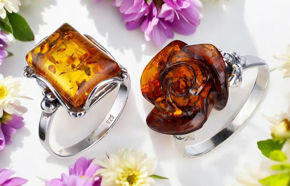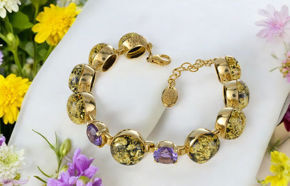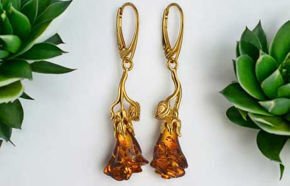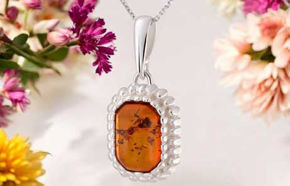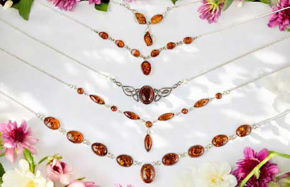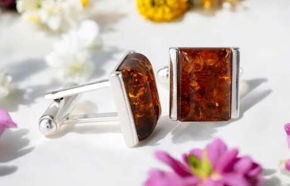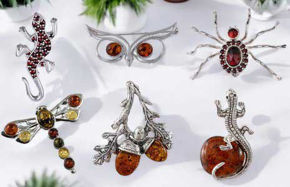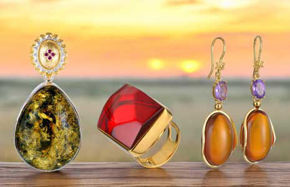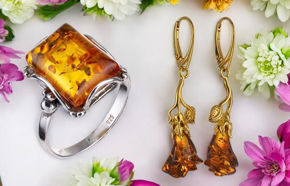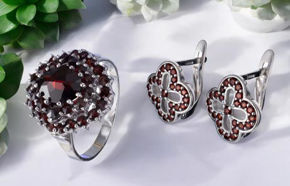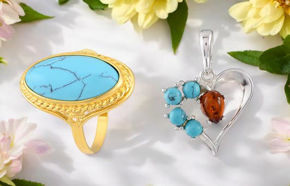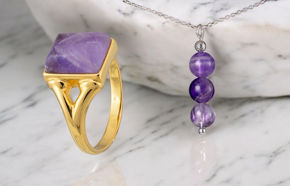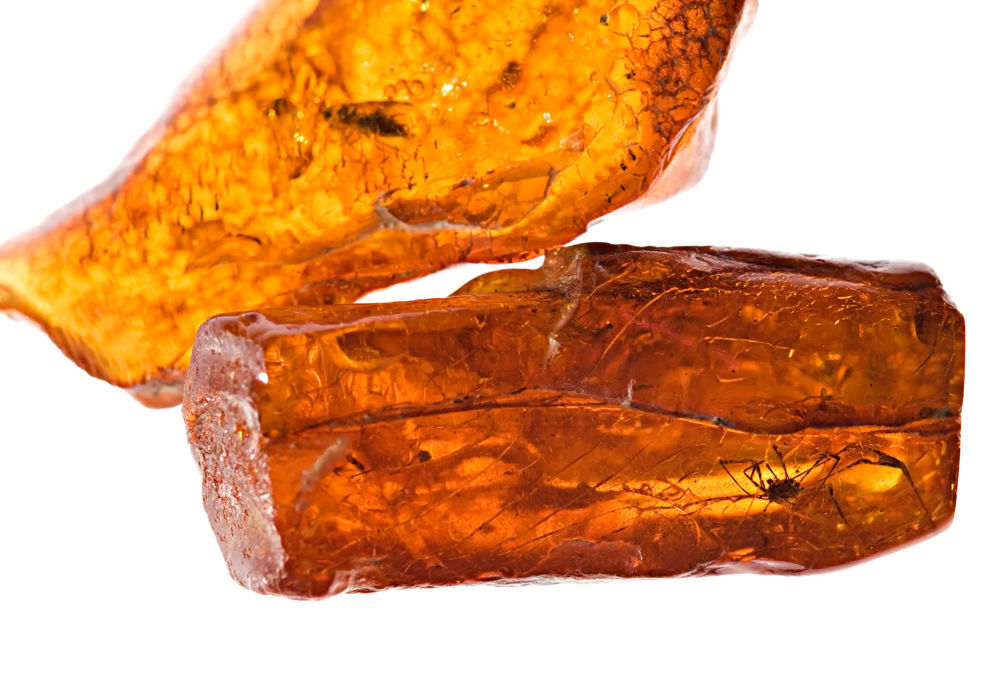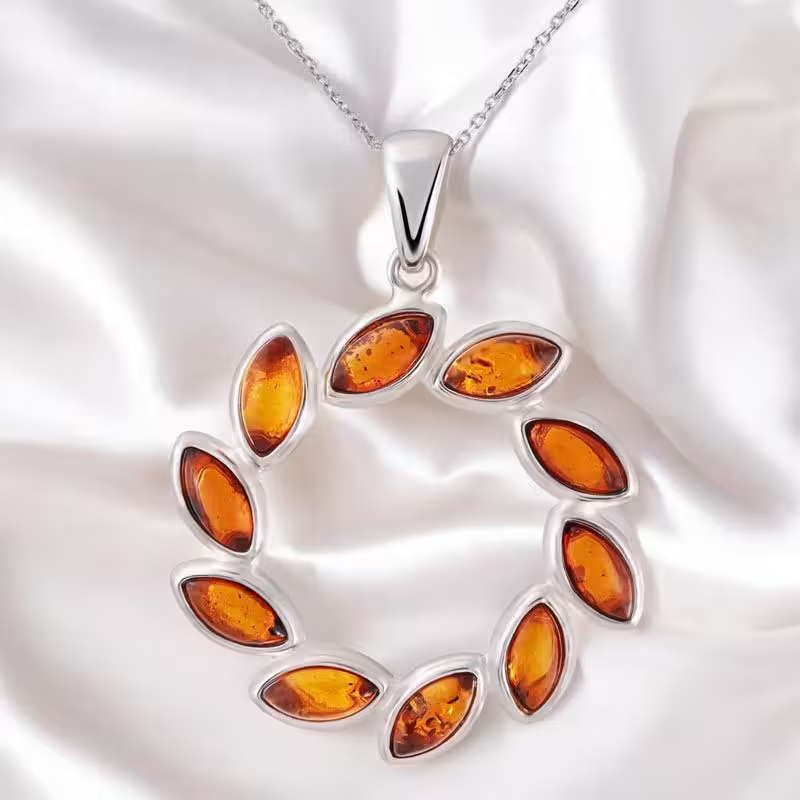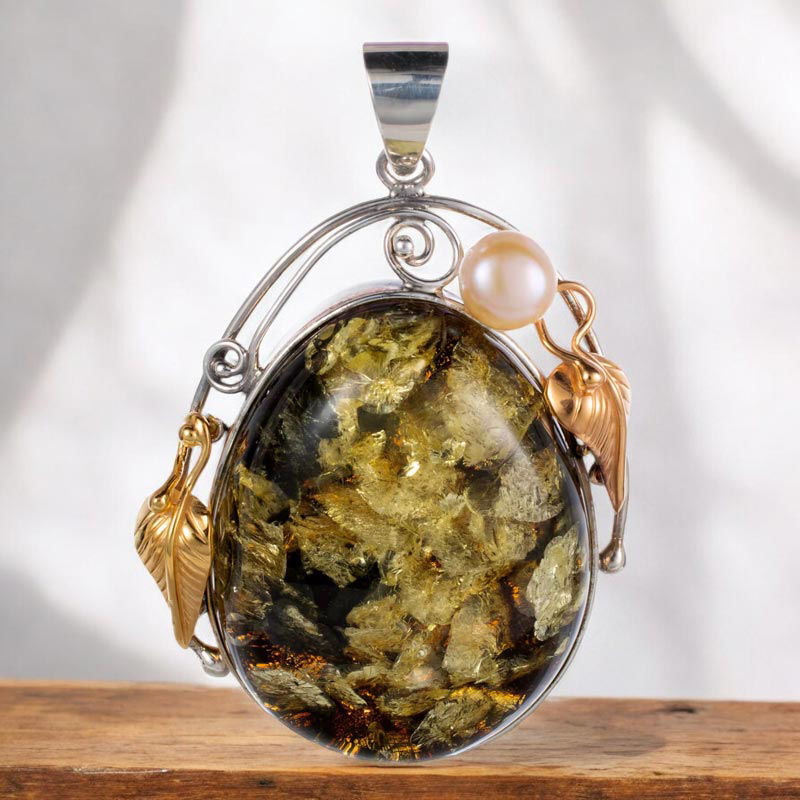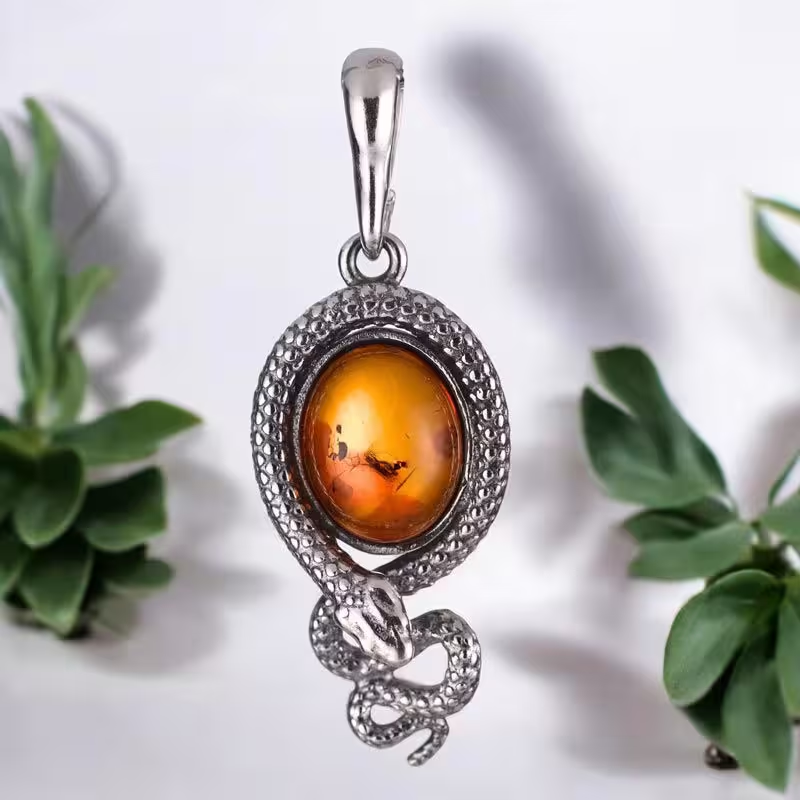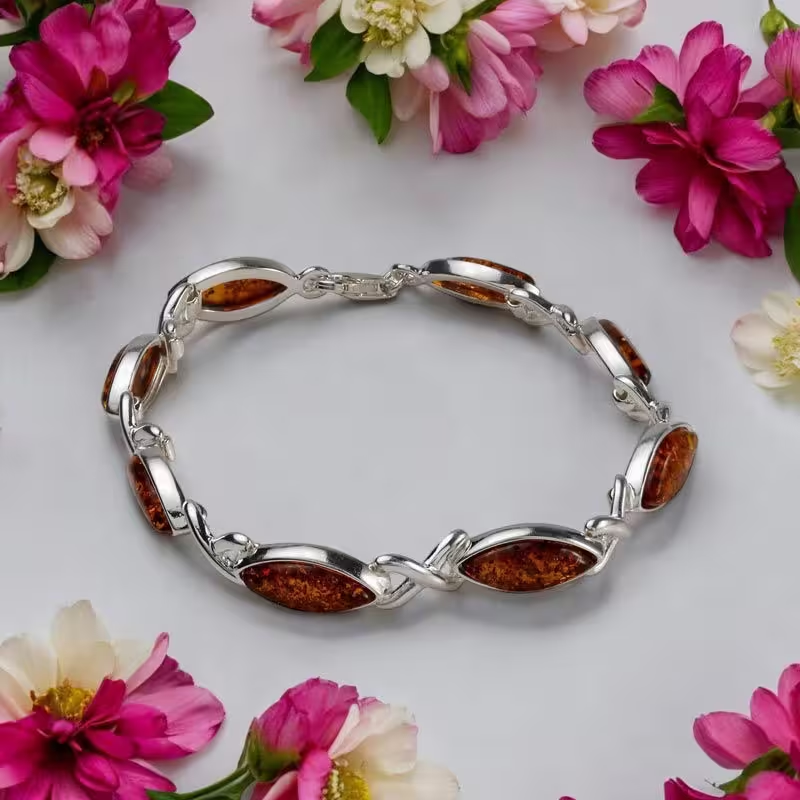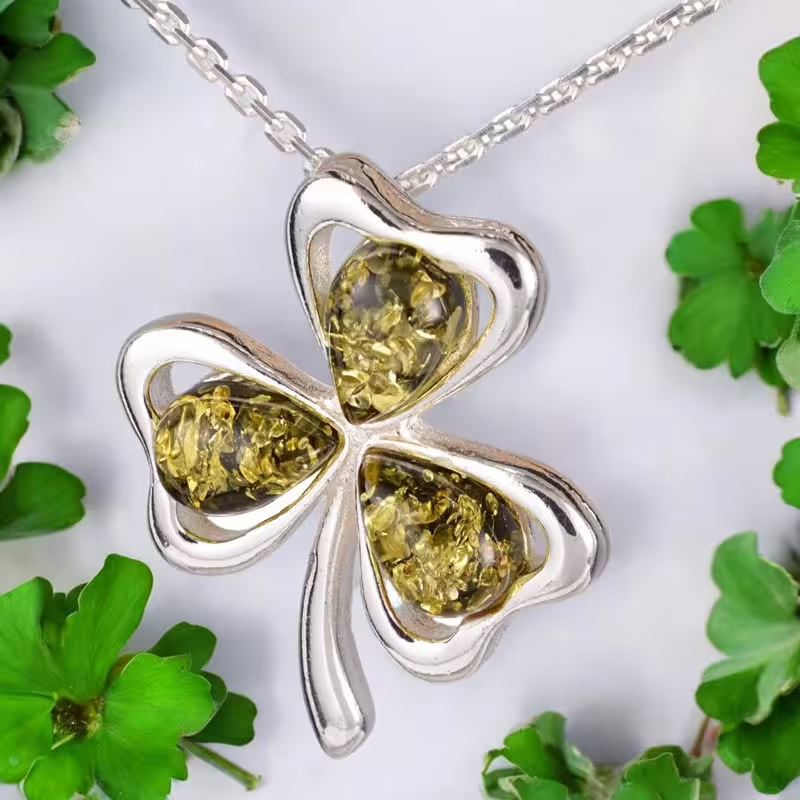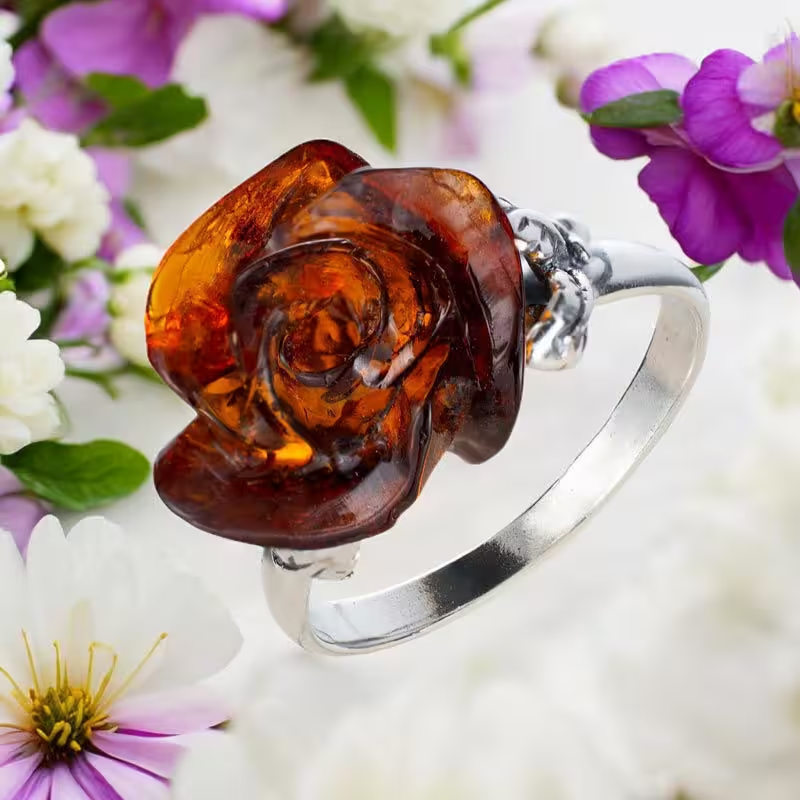Introduction to Baltic Amber
Imagine wearing a necklace that holds the secrets of millions of years ago within its golden strands. Baltic amber, one of nature's most fascinating gifts, offers just that. Originating from the ancient forests that bordered the Baltic Sea, this organic material has intrigued humanity for centuries. This blog post will take you on a captivating journey through the origins, characteristics, and significance of Baltic amber. By the end, you'll understand why this fossilized tree resin is so cherished and how it continues to enchant us today.
The Formation Process
The story of Baltic amber begins in prehistoric forests, where trees produced resin as a defense mechanism against insects and wounds. Over millions of years, this resin underwent a remarkable transformation. Exposed to extreme temperatures and pressures, it fossilized into amber. Scientists believe the Baltic region was once covered by vast forests, and the resin from these trees flowed into rivers and seas, eventually settling and preserving the organic material within.
What makes Baltic amber truly special is its age and the conditions under which it fossilized. Estimated to be between 35 to 50 million years old, this resin encapsulates a slice of history. From flora to fauna, the inclusions found within amber provide a window into ecosystems that thrived millions of years ago. This ancient treasure has fascinated researchers and collectors alike, each amber piece a unique specimen holding the secrets of the past.
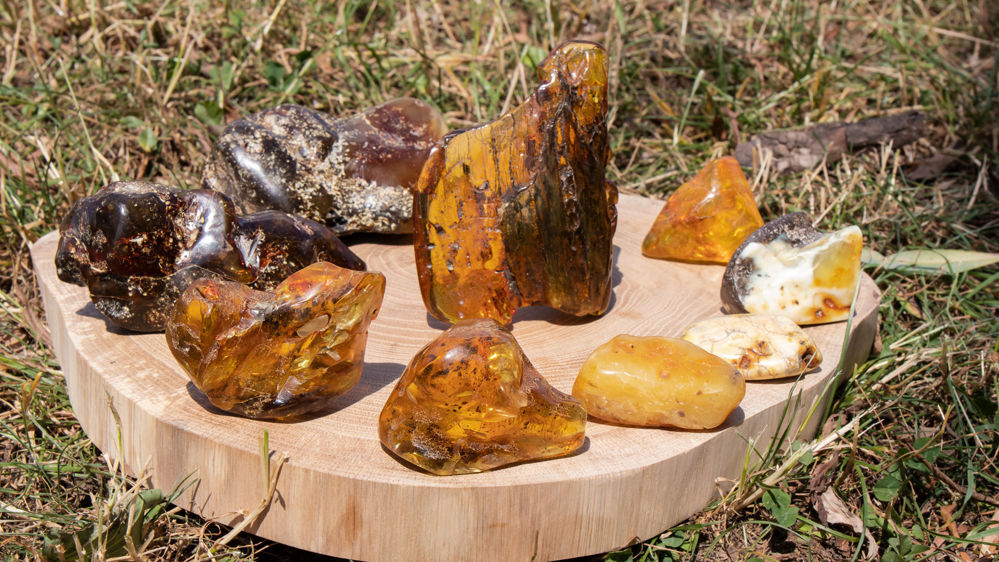
Natural Untreated Baltic Amber Pieces
Amber Characteristics
Baltic amber is renowned for its diverse range of colors and textures. While the classic golden-yellow hue is most common, you can find amber in shades of brown, red, green, and even blue. These different colors result from various impurities and the conditions under which the resin fossilized. For example, blue earth deposits can give amber a distinct blue tint.
One of the most captivating aspects of amber is its inclusions—tiny fragments of plants, insects, and other organic material that became trapped in the resin millions of years ago. These inclusions provide valuable insights into ancient ecosystems and are often the most sought-after features of amber jewelry. Whether it's a perfectly preserved insect or a leaf fragment, each inclusion tells a story of life long gone.
Amber's texture ranges from translucent to cloudy, with some pieces exhibiting a glass-like clarity. The natural beauty of amber, combined with its organic origin and unique inclusions, make it a favorite for crafting stunning jewelry pieces like necklaces, earrings, and bracelets.
Significance and Uses
Baltic amber has held cultural and commercial significance for centuries. Ancient Greeks believed it had mystical powers and used it in amulets and talismans. In traditional medicine, especially in Northern Europe, amber was believed to have healing properties. Today, many still use amber necklaces and teething necklaces for babies to alleviate teething pain, attributing soothing qualities to the fossilized tree resin.

Treatment with natural Baltic amber
Commercially, Baltic amber is a prized material for creating exquisite jewelry. Baltic amber jewelry, including amber necklaces, bracelets, and earrings, is highly sought after for its natural beauty and historical value. Amber beads and small pieces are often incorporated into various designs, making them versatile for different styles and preferences.
In addition to jewelry, amber has found uses in various industries. Its unique properties make it valuable for scientific research, particularly in studying ancient ecosystems. Amber specimens with inclusions provide crucial insights into the flora and fauna of the past, helping researchers understand the evolutionary history of life on Earth.
Identifying Authentic Amber
With the popularity of Baltic amber, it's essential to distinguish genuine amber from fake amber. One reliable method is the saltwater test. Genuine Baltic amber will float in salt water due to its lower density compared to fake amber, which sinks. Additionally, genuine amber emits a distinct pine-like aroma when heated, whereas fake amber often lacks this characteristic scent.
When purchasing amber jewelry, especially from online sources, ensure you buy from reputable sellers who provide certificates of authenticity. Genuine Baltic amber has a unique structure and inclusions that can be observed under magnification. Be wary of counterfeit pieces made from glass or synthetic resins designed to mimic the appearance of real amber.
By following these tips, you can confidently identify and appreciate the beauty of genuine Baltic amber. Investing in authentic pieces ensures that you own a true piece of history, preserving the legacy of ancient forests and the wonders they hold.
The Future of Baltic Amber
While Baltic amber has captivated humanity for millennia, the industry faces current challenges and opportunities. Environmental changes and overexploitation of amber deposits pose threats to its availability. However, increased awareness of sustainable practices and the importance of preserving natural resources offer hope for the future.
Efforts to protect amber-rich regions and promote responsible extraction methods are gaining momentum. By supporting ethical practices, you contribute to the conservation of this precious gemstone and ensure its availability for future generations. Additionally, advancements in technology allow researchers to uncover new insights into amber formation and the ecosystems it preserves.
The demand for genuine Baltic amber remains strong, driven by its timeless beauty and cultural significance. Whether worn as jewelry or studied for scientific purposes, Baltic amber continues to hold a special place in our hearts and minds. Its allure and historical value make it a treasure worth cherishing and protecting.
_1000_1000.jpeg)
Baltic Amber Storefront In Gdansk(Poland)
Baltic amber, with its origins in ancient forests and its transformation over millions of years, is a true marvel of nature. From its diverse colors and unique inclusions to its cultural and commercial significance, this fossilized tree resin continues to captivate and inspire. By understanding its formation, characteristics, and significance, you can appreciate the beauty and value of Baltic amber.
Explore the world of Baltic amber and discover the wonders it holds. Whether you're a jewelry enthusiast, a history buff, or simply curious about the natural world, Baltic amber offers a glimpse into the past and a connection to the Earth's ancient heritage. Immerse yourself in its beauty and join the community of amber lovers who celebrate this remarkable gemstone.
Ready to explore further? Sign up for our newsletter to receive the latest updates on Baltic amber, exclusive offers, and expert tips on choosing and caring for your amber pieces. Don't miss out on the opportunity to own a piece of history and enhance your collection with genuine Baltic amber jewelry.

